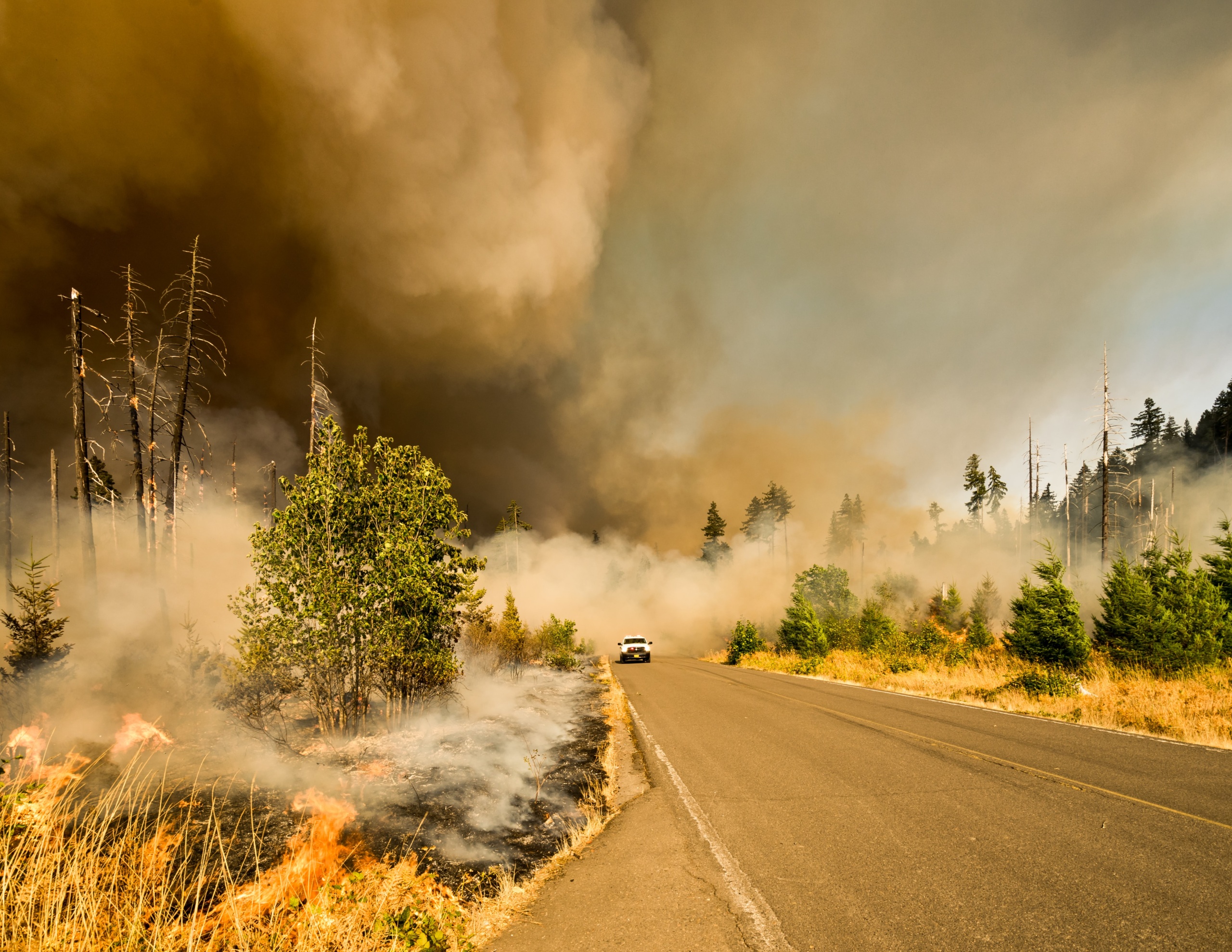
Methodology | Weather-Related Disasters
Methodology: Weather-Related Disasters
FEMA Data
Data on federal disaster declarations for most of the mapped weather events (severe storms, tropical storms, wildfires, flooding, snow and ice storms, and tornadoes) were obtained from the Federal Emergency Management Agency’s (FEMA) Disaster Declarations Summary. The FEMA data on the map include all presidentially declared weather-related disasters that were declared before 31 January 2016, and began after September 2010 through December 2015.
Tornadoes were included in this analysis because they cause weather-related disasters. It is unclear how global warming may affect tornadoes, but tornadoes are a major cause of destruction in the U.S. In the last five years, disasters related to tornadoes were declared in counties housing 76 million people.
USDA Drought Data
For droughts, data were obtained from the United States Department of Agriculture’s (USDA) Designated Drought Disaster Counties, using primary counties with declared drought disasters, starting with the oldest available data posted online at the time of collection, which included disasters declared in 2011, running through December 2015.
What Was Included
To streamline data processing and spatial representation, only declarations for counties and county equivalents (such as parishes in Louisiana or boroughs in Alaska) are included in our totals. Declarations listed for non-standard geographies, for Indian reservations, or as statewide were excluded in the analysis.
All county population totals are based on 2014 county population estimates from the U.S. Census Bureau.
To identify the type(s) of weather events that took place in non-drought related disasters, we used a combination of FEMA’s “incident type” field (which is based on the disaster assistance request filed by a state’s governor) and the more detailed information about disaster events provided in the “title” field of the FEMA database. Counties were classified if the following words (or near variants) appeared in the “title” and/or “incident type” fields:
Flooding:
Incident type: “flooding”; Title: “flood”
Tropical Storms:
Incident type: “hurricane”, “coastal storm”; Title: “tropical”, “hurricane”
Tornado:
Incident type: “tornado”; Title: “tornado”
Snow and Ice Storms:
Incident type: “snow”, “severe ice storm”, “freezing”; Title: “snow”
Wildfires:
Incident type: “fire”; Title: “wildfire”, “fire”
Other Severe Storms:
Incident type: “severe storm”; Title: “severe storm”, “severe winter storm”
Data analysis done by Frontier Group.

Topics
Find Out More


Five key takeaways from the 5th National Climate Assessment

Carbon dioxide removal: The right thing at the wrong time?



